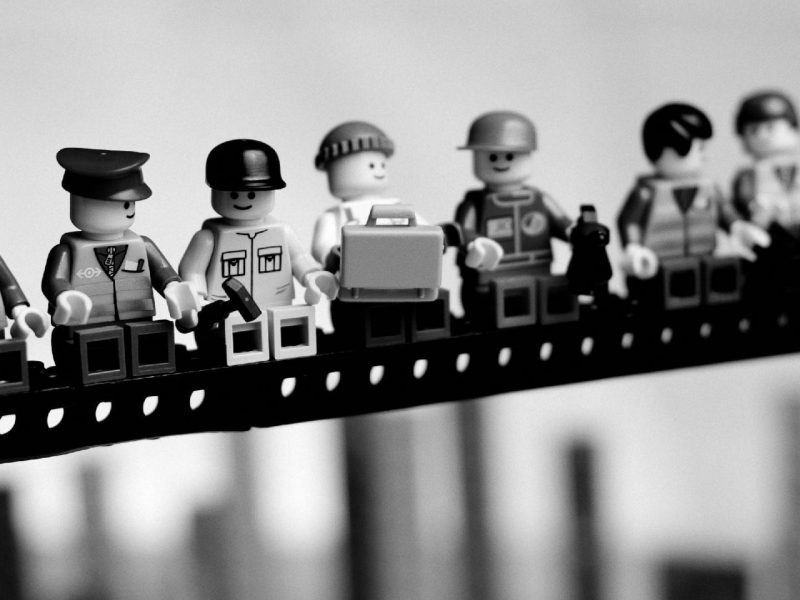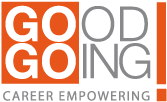The right outfit for a job interview
 The right outfit for a job interview
The right outfit for a job interview In Italy there’s an expression which can be literally translated as “The habit makes the monk”!
You may or not agree with old adages and you may not even like them, but a job interview has its rules and one relates to the outfit.
By this I mean the outfit on various levels.
The outfit on a literal sense
At a literal level an outfit is something you use to cover yourself: a suit, a jacket, a skirt, accessories, colours, tie, heels, jewellery, make-up, etc..
In our culture there are some unwritten rules, I’ll refer to the ones that are used in Italy. If you change country you need to collect information and adapt.
Even if we remain in Italy, there are some distinctions: it’s one thing to be in Rome and another to be in Milan, one thing is being in a sector like fashion, another is working in Finance, another still is looking for a job in a warehouse or trying to get a job as a bank clerk!
Although the country is evolving and is in some areas influenced by American culture, for example, in Italy when you go to an interview it’s better to dress as smartly as you can in consideration of the environment in which you work.
What do I mean?
I mean that dressing in an appropriate manner does not always mean dressing as you would for a wedding or a gala dinner - far from it! It’s better to think how you would dress in your environment for important occasions: a toast for Christmas, a promotion, a conference with the foreign boss …. So if you normally dress casually, you might wear a jacket and tie for an interview, but with separates. If you work in Finance or Management Consultancy and you always wear dark suits, maybe pinstripes, a white shirt, a Hermes tie or a regimental tie or one with polka dots, you might also add cufflinks, if it’s an Anglo-Saxon environment. If you work in the metalworking industry you will probably wear separates – unless you’re a CEO or a CFO.
What if you’re a woman? Women have gradually been granted a little more leeway: but it’s best to look professional, to be avoid giving out messages that could be misinterpreted and which are not always consistent with everyone’s profession.
Twenty years a trouser suit was a must in certain environments. There’s more freedom now. Women often use trousers and jumpers. I always recommend a restrained appearance, even when it comes to make-up and accessories.
In general, in a company setting, tattoos and too many bracelets - especially in men - or piercings are not “fashionable”.
The outfit in a less literal sense
That being said, there’s the outfit even in less literal terms: there are manners, like the way you greet, the way you act with the people you meet in the reception, at the interview, as you’re waiting, etc., to schedule the appointment, during the meeting and after the meeting.
What can I say?
Education and manners, even though in this day and age I sometimes think that education and respect for everyone and everyone’s work means are concepts that need to be explained! Let me say, it’s best to say “please” and “thank you” one more time than one less time, even with a porter! But obviously you has to be genuine. Some of the less genuine expressions we often hear nowadays are revolting!
An outfit in the broadest sense
There’s also an outfit in broad terms: the outfit, i.e. the conduct that I bring to this event. The interview, the convocation, the meeting and the follow-up are business events and they must be treated accordingly, not just in terms of appearance, but also in the broadest possible terms. You should therefore talk as you would in the office with your boss or a colleague, you have to have focus and energy– even for an introductory meeting– for the purpose of showing what you have to offer and with the humility to understand whether what you can offer corresponds to what is being sough. So no arrogance or superiority, but no shyness, sloppiness, or false modesty either.
Everyone should try to think of a work situation in which they liked how they acted (and others liked you), think of the situation, try to re-live it briefly before “taking to the field’ in an interview.
